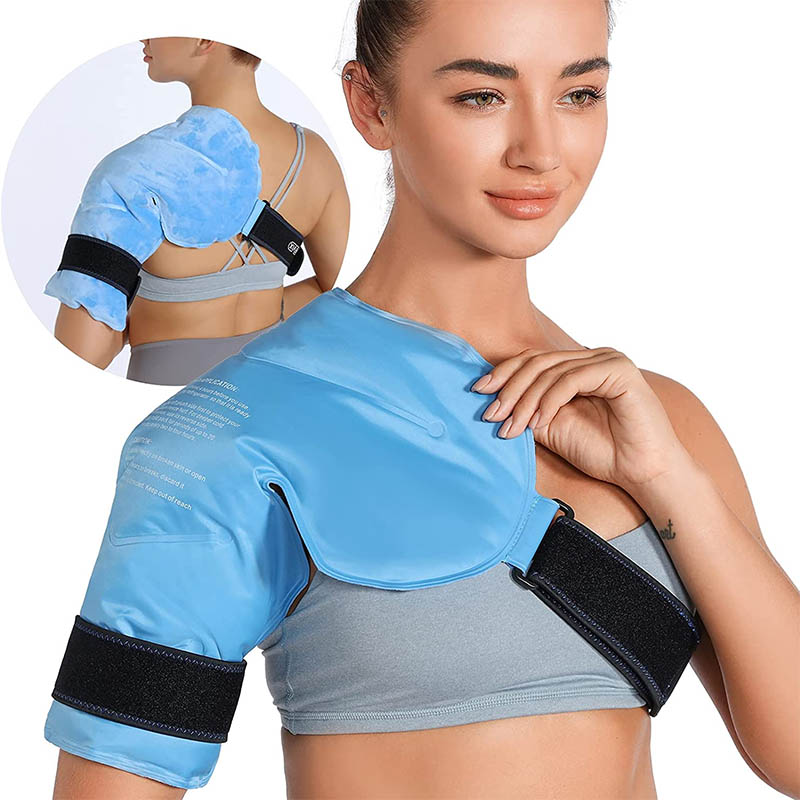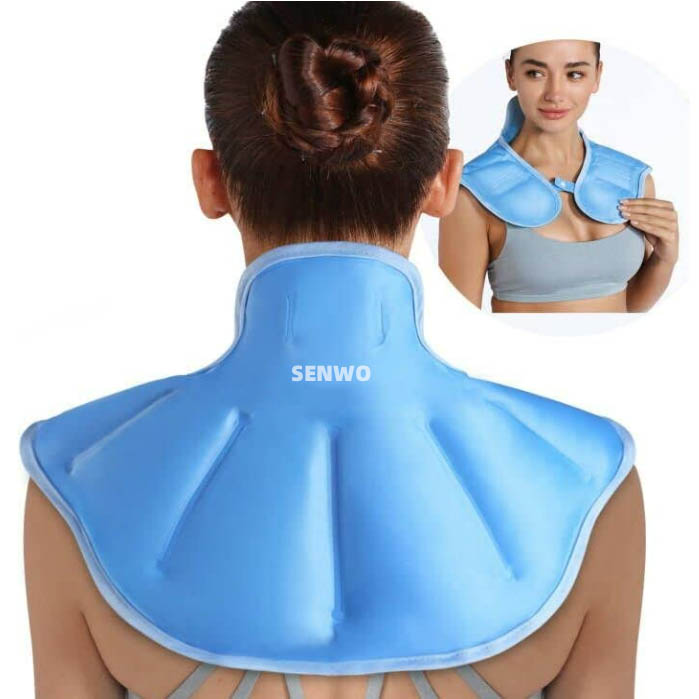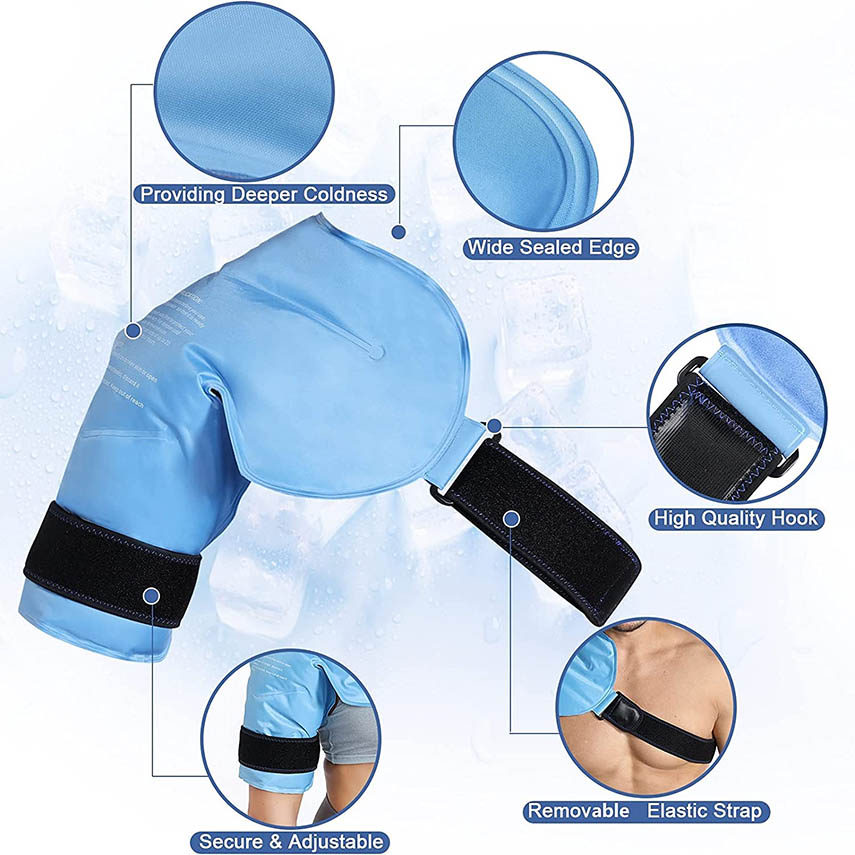When dealing with frozen shoulder pain it's hard to know what treatment will work best for you. You might be wondering if ice and heat will work for you. Or maybe even which will work better - ice OR heat.

Icing and heating are 2 of the most natural treatment options available. Compared to medications, surgery and other treatment methods - icing and heating have been around for centuries and have always been used for frozen shoulder and shoulder injury healing as a means to soothe and heal.
Combining cold and warmth is a simple yet effective way to get immediate pain relief and promote long-term healing. Using ice right after you're injured and something warm from time to time once the swelling's gone down. It's a simple yet very effective way to relieve pain and promote healing in your shoulder.


With regular use of the Shoulder SENWO Wrap:
● Your pain will be reduced.
● In most cases, your body's healing process will be accelerated (due to enhanced blood circulation) with reduced potential for re-injury.
● Soft tissue in the treatment area will have a enhanced range of motion and increased extensibility of collagen tissue.

More Frozen Shoulder Facts:

About 6 million people in the U.S. seek medical care each year for shoulder problems.
Previous shoulder injuries that haven't completely healed including buritis, tendonitis and rotator cuff injuries can lead to a frozen shoulder injury.
A healthy shoulder is the most versatile joint in the human body. It has a wider "range of motion," which means it can move more freely, and in more directions, than any other joint.
Many suffers of frozen shoulder people experience worse pain at night which can easily disrupt normal sleep patterns.
How Do You Use Heat / Warm Temperatures to Heal & Recover from Frozen Shoulder?
HEAT (warmth) is used after you've reduced your swelling / inflammation and the sharp pain is less intense (you have more of a dull / nagging ache and soft tissue tightness in your shoulder). Warming up your tissue is a natural way to encourage more blood flow (and due to this, increase the body's healing response) to soft tissue. It's the blood in your body that will bring oxygen, nutrients and water (basically energy) to your injured shoulder to help with healing and speed up the natural 'freezing' and 'frozen' stages of this injury.


How Do You Use Ice / Cold for Frozen Shoulder Pain Relief?
COLD (ice) is used to treat injuries or conditions that are red, hot, inflamed, swollen and suffering from tissue damage or recovering from surgery. Cold is a natural / organic pain reliever that numbs pain right at the source of your injury. While doing this, the cold also stops tissue break-down and reduces the amount of scar tissue forming (this is very important after surgery).
When cold is applied to a frozen shoulder injury, all of the soft tissue in the shoulder joint will squeeze on the veins to slow down your blood flow. This in turn clamps down on the amount of fluid leaking into your injured tissue, decreasing your swelling. This is why cold is used immediately to treat newer shoulder injuries or re-injuries. The cold slows down your body to stop the amount of damage happening to your tissue and decrease your swelling. This cold also has a nice side benefit of numbing the nerves in and around your shoulder thereby decreasing your pain.
Post time: Nov-21-2022